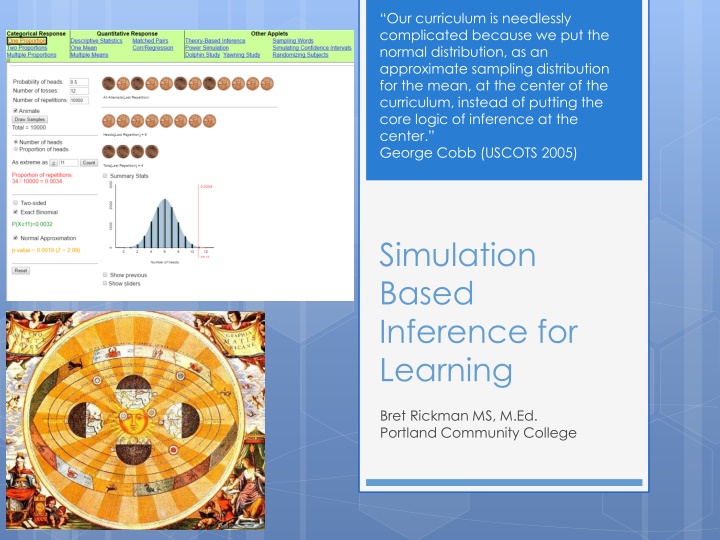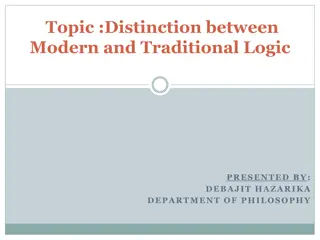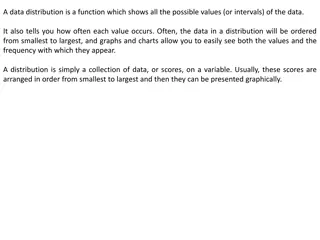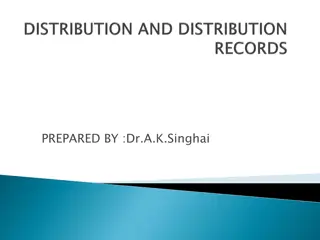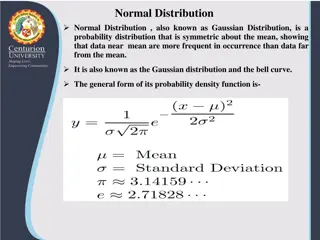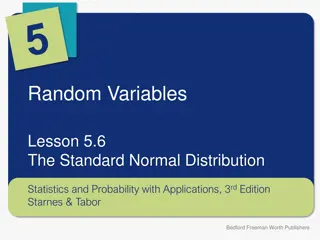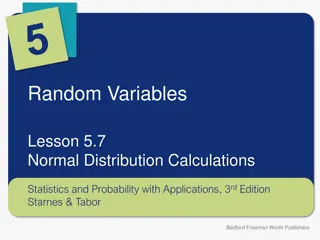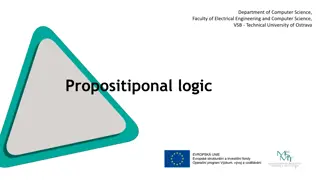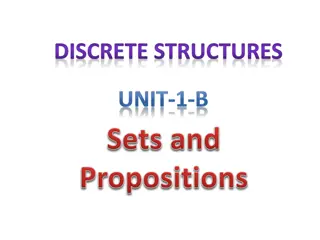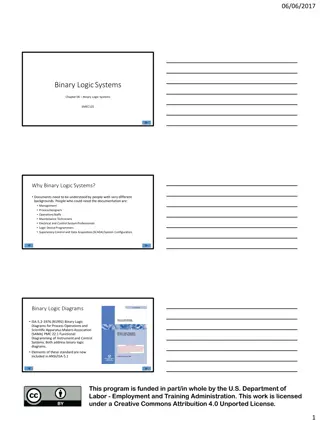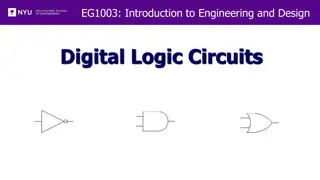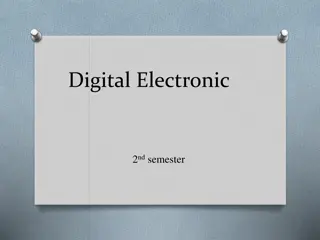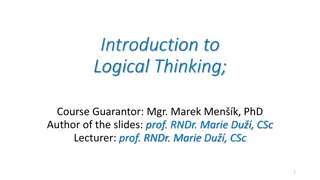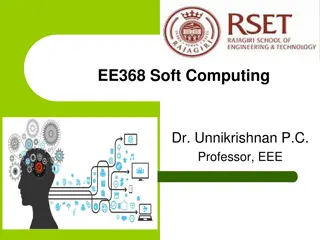Simplifying Curriculum: Core Logic Over Normal Distribution
The curriculum complexity stems from prioritizing the normal distribution over the logic of inference. Simplifying by placing core logic at the forefront enhances understanding and learning outcomes, creating a more efficient educational experience.
Download Presentation

Please find below an Image/Link to download the presentation.
The content on the website is provided AS IS for your information and personal use only. It may not be sold, licensed, or shared on other websites without obtaining consent from the author.If you encounter any issues during the download, it is possible that the publisher has removed the file from their server.
You are allowed to download the files provided on this website for personal or commercial use, subject to the condition that they are used lawfully. All files are the property of their respective owners.
The content on the website is provided AS IS for your information and personal use only. It may not be sold, licensed, or shared on other websites without obtaining consent from the author.
E N D
Presentation Transcript
Our curriculum is needlessly complicated because we put the normal distribution, as an approximate sampling distribution for the mean, at the center of the curriculum, instead of putting the core logic of inference at the center. George Cobb (USCOTS 2005) Simulation Based Inference for Learning Bret Rickman MS, M.Ed. Portland Community College
What to Expect Why Implement SBI as Core for Intro Stats? Implementing SBI: Method Tactile Applet Simulation (Randomize, Repeat, Reject) Theory and Excel Implementing SBI: Successes & Challenges Reflections and Open Discussion
Why do I Implement SBI as Core for Intro Stats? The 2016 GAISE standards advise it. Recommendation #5: Use Tech to Explore Concepts and Analyze Data. George Cobb Article: The Introductory Statistics Course: A Ptolemaic Curriculum. My personal experience with fundamental change.
George Cobb Article: The Introductory Statistics Course: A Ptolemaic Curriculum. We need a new curriculum, centered not on the normal distribution, but on the logic of inference. When Copernicus threw away the old notion that the earth was at the center of the universe, and replaced it with a system that put the sun at the center, his revolution brought to power a much simpler intellectual regime. We need to throw away the old notion that the normal approximation to a sampling distribution belongs at the center of our curriculum, and create a new curriculum whose center is the core logic of inference. What is that core logic? I (Cobb) like to think of it as three Rs: Randomize, Repeat, Reject.
George Cobb Article: The Introductory Statistics Course: A Ptolemaic Curriculum. Randomize data production; Repeat by simulation to see what's typical and what's not; Reject any model that puts your data in its tail. The three Rs of inference: Randomize, Repeat, Reject 1. Randomize data production To protect against bias To provide a basis for inference Random samples let you generalize to populations Random assignment supports conclusions about cause and effect 2. Repeat by simulation to see what's typical Randomized data production lets you re-randomize, over and over, to see which outcomes are typical, which are not. 3. Reject any model that puts your data in its tail
SBI Implementation: Step 1 - The Story , Tactile and Applet Sims 1 Example The Woman Who Could Smell Parkinsons 2 Tactile model to build distribution and check simple probability 3 Transition to Applet simulation Randomize (produce the data) Repeat (by simulation to see what s typical) Reject (any model that puts your data in its tail) Washington Post Amazing Woman Story Rossman / Chance Sim Applets
SBI Implementation: Step 2 Math Basis & Excel 1 Present the math (as how we did things in the old days ) with straightforward example & connection to the simulation 2 Excel example & usage with immediate student involvement. Include connection to simulation.
SBI Implementation Successes & Challenges
SBI Implementation Successes 1 Rossman/Chance Simulators Free & Easy to Use 2 Much more straightforward to implement in our (PCC) Stats II class 3 Assessments can focus on situational items not how to use the tool Students were comfortable using the simulators
SBI Implementation Challenges 1 SBI is great for conceptual understanding, but doesn t include the historical math basis. 2 SBI doesn t as readily relate / apply to the teaching of our traditional descriptive statistics and probability rules (yet!). 3 To a certain extent, requires a computer lab until the switch to wireless device usage approval & implementation. Side Note: Student feedback seemed to focus on the benefits of learning / using Excel. But students were using the simulators during exams.
Reflections Fun curriculum to teach using SBI with inference as the core of the curriculum great for conceptual student understanding. Not enough of my classroom assessment data to evaluate effectiveness of Inference core. Is it possible that the data may not even indicate true effectiveness? Students seem more interested and engaged with SBI curriculum than traditional method.
Audience Comments & Questions What are your thoughts on using Inference as the core element in Stats I & II curricula? How will switching to SBI & Inference core affect other academic departments? What about technology use more specifically mobile / wireless devices in the statistics classroom? Your thoughts and comments.
Helpful Links & Sources 2016 GAISE Report link: http://www.amstat.org/asa/files/pdfs/GAISE/GaiseCollege_Full.pdf George Cobb article: The Introductory Statistics Course: A Ptolemaic Rossman / Chance Applets: Rossman / Chance Simulation Applets Website
